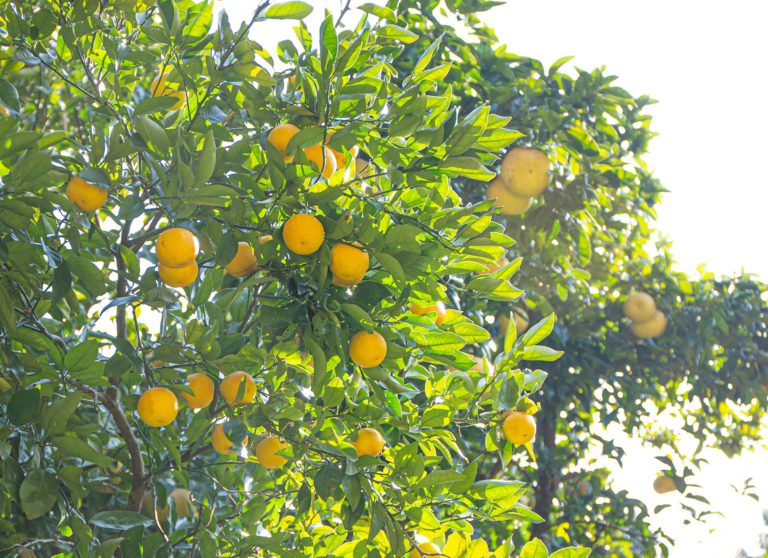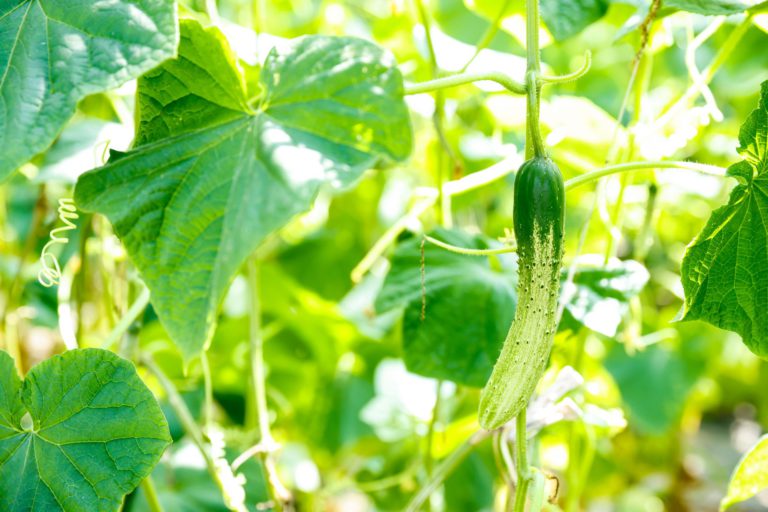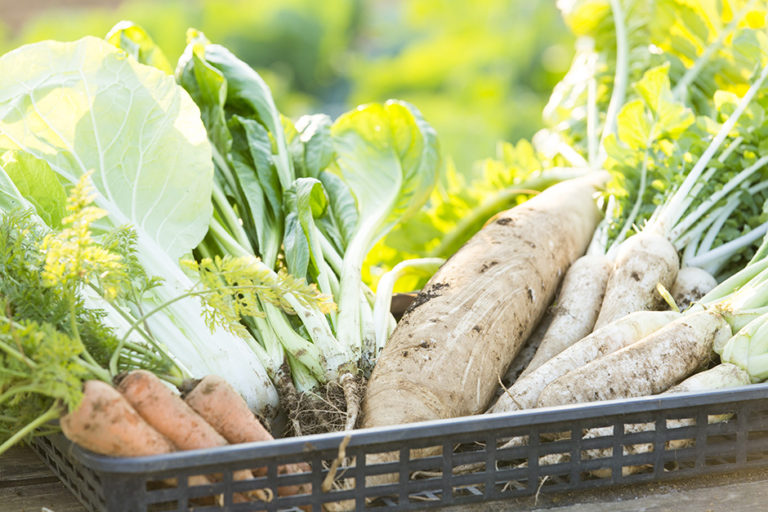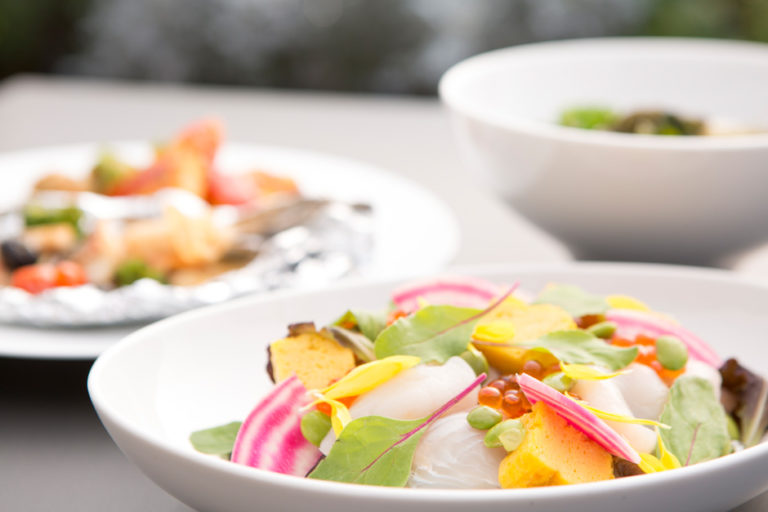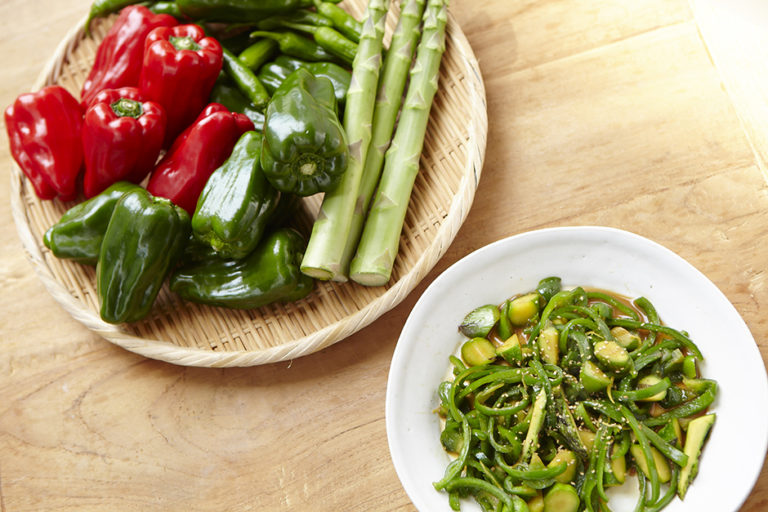Preserving Seeds and Traditions: Heirloom Vegetables of Nagasaki
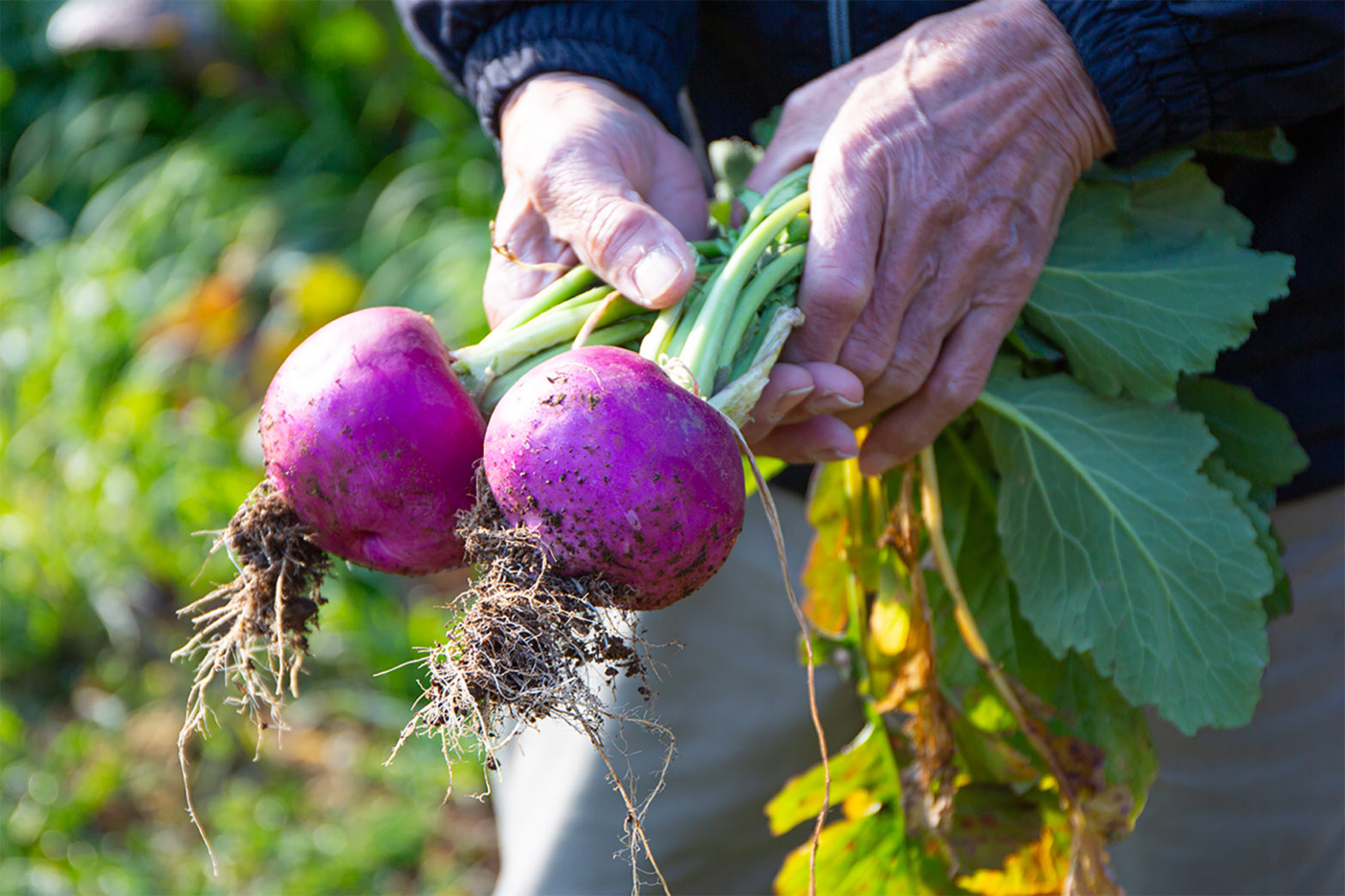
Nagasaki's Unique Vegetables from across the Seas
Heirloom vegetables have been grown for many generations and are closely tied to local cuisine. Nagasaki was the only port open to foreign trade during Japan’s isolation in the Edo period (1603–1867), so some of the vegetables that were born here originated from overseas.
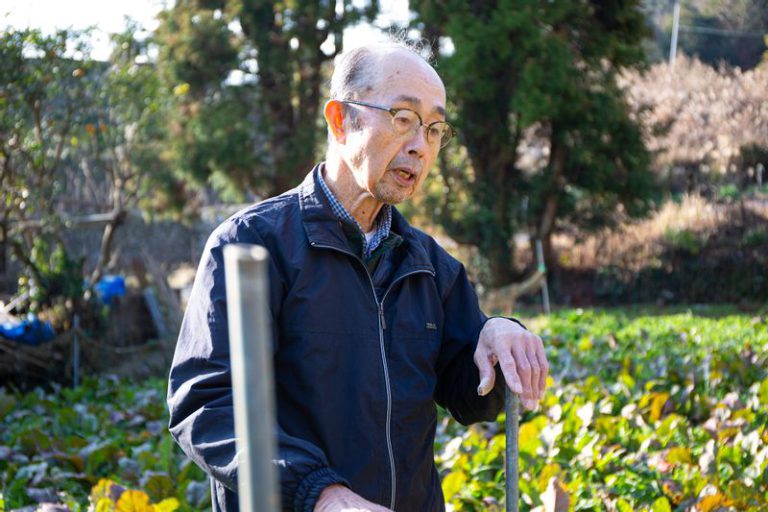
“The heirloom vegetables of Nagasaki can be traced back to the mountainous regions in China. They slowly began making their way to Japan around 300 years ago and have remained unchanged ever since then,” says the chairman of the Preservation Association of Nagasaki Heirloom Vegetables, Nobuteru Nakao.
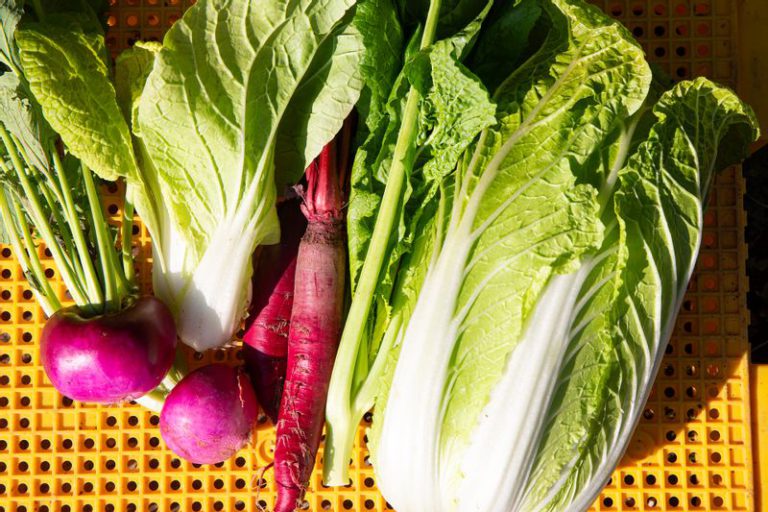
Unlike the modern hybrid vegetables that have been bred to grow throughout the year, heirloom vegetables stand out for their unique taste and aroma. Given that they are a vital part of traditional festive dishes, letting the seeds go extinct would come at the cost of losing part of Nagasaki’s traditional cuisine. That is why when, around 25 years ago, Mr. Nakao heard that the last farmer growing heirloom vegetables was going out of business, he decided to take over the seeds. He established the Preservation Association gathering other like-minded farmers who grow and preserve Nagasaki’s heirloom vegetables.In addition to that, Mr. Nakao engages in efforts to spread the popularity of these vegetables by approaching professional chefs and retail stores and teaching kids in elementary schools how to grow them. He has begun sharing the seeds with farmers outside of Nagasaki City, spreading them throughout the prefecture.
From Leafy Greens to Root Vegetables
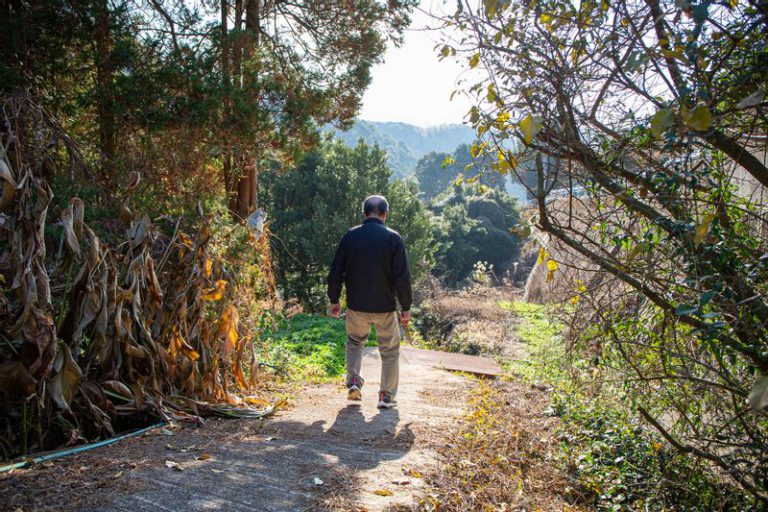
Most of Nagasaki’s heirloom vegetables are the winter-season ones. They are planted in autumn and harvested during the cold months. Mr. Nakao guesses that, in the past, the lack of specialized equipment for efficient watering must have made it difficult for summer-season vegetables to survive. Upon reaching his field, he shows us a couple of varieties of Nagasaki heirloom vegetables.
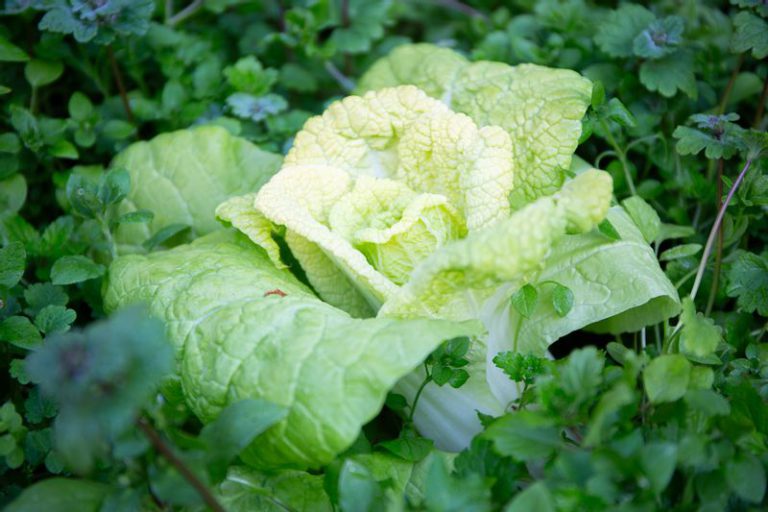
Tojinna Chinese cabbage is a leafy vegetable that, as the name implies, originates from China. Since its leaves look like beautiful big flower petals, it was sometimes grown in flower pots and used for decorating the tokonoma alcove in place of flowering kale. This variety is similar to bok choy, with a taste that’s somewhere between Chinese cabbage and regular cabbage.
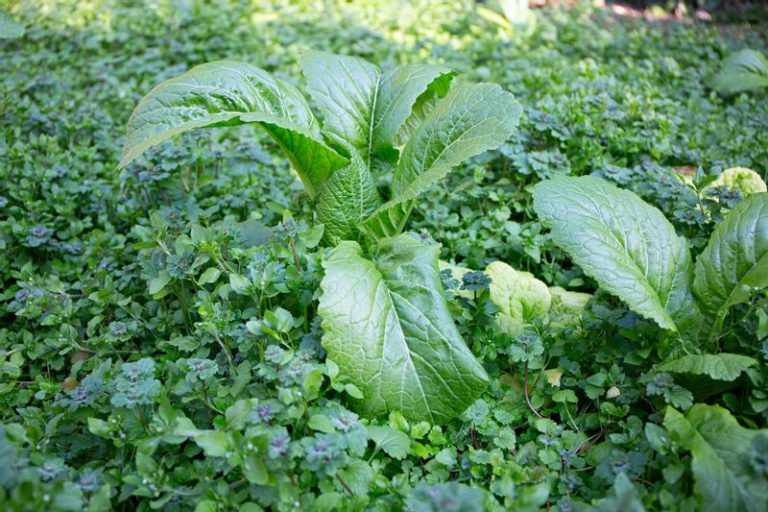
Nagasaki takana is a type of mustard greens with stems that are rounder and thinner than that of the common takana leaf mustard and a characteristic spicy kick to it. It’s great for pickling. Some restaurants take advantage of its vibrant green color and mash it into a sauce.
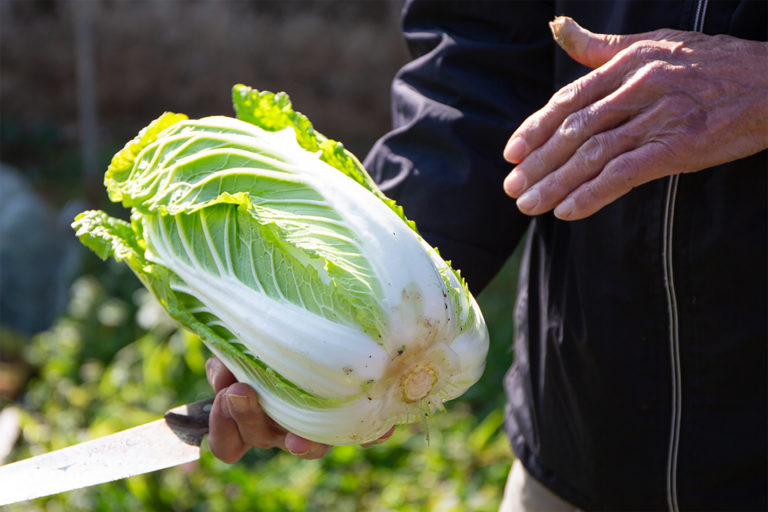
The Tsujita variety is the original type of Chinese cabbage. Although the common variety of Chinese cabbage has an oblong shape with tightly packed leaves, it apparently wasn’t the case when it was first brought to Japan from China. This variety was created by Chojiro Tsujita in 1919, who, on a side note, was Mr. Nakao’s great-grandfather. Compared to Chinese cabbage that can be found in supermarkets, the leaves of the Tsujita variety are thicker, have beautifully white stems, and taste sweeter.
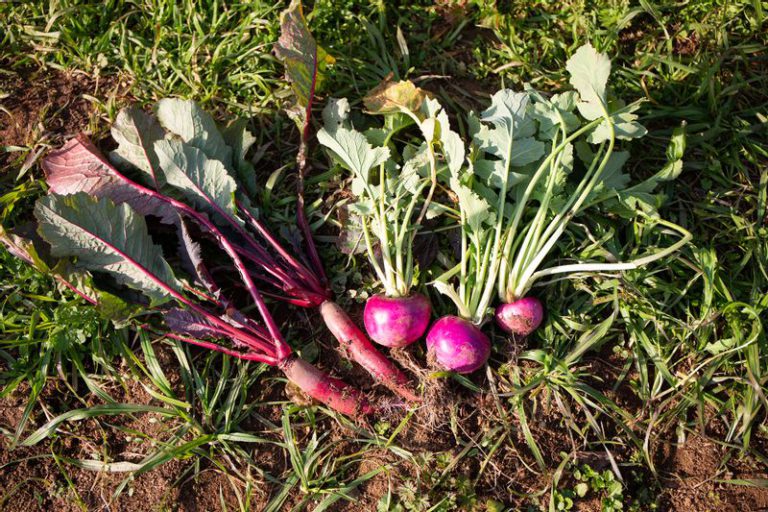
We go to another field for growing brightly colored root vegetables. Mr. Nakao pulls a violet Nagasaki red turnip and Red daikon radish from the ground.
Nagasaki red turnip was introduced to Japan about 300 years ago, making it the oldest among heirloom vegetables in this area. While red turnips are grown in other regions, the Nagasaki ones are a Western variety, hence the vibrant purple color of their skin that can add a pop of color to any dish.
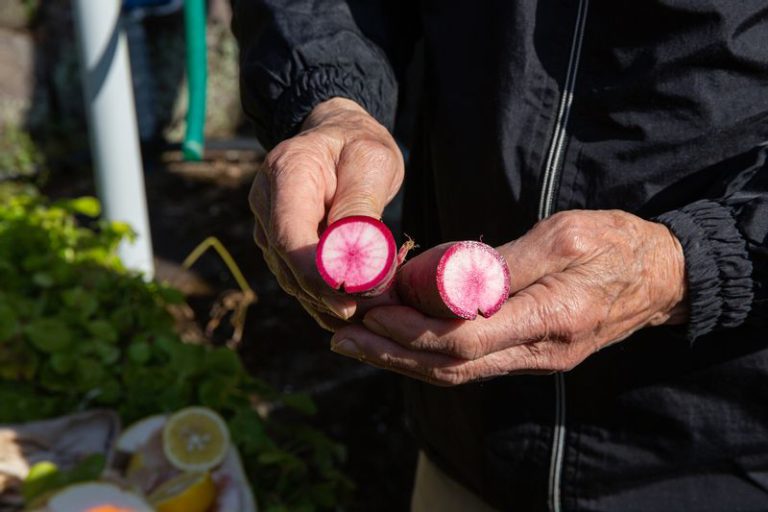
Red daikon radish has deep scarlet skin and beautiful red lines running through the flesh in a radial pattern. It’s crispy and it has a good bite to it, with the flavor pronounced enough to be eaten raw without any additional sauce.
Heirloom vegetables aren’t artificially adjusted, which makes them more susceptible to diseases and challenging to grow. However, according to Mr. Nakao, it is exactly because they haven’t been altered in any way that they have a strong flavor profile, unlike commonly available standardized vegetables.
“Heirloom vegetables are more likely to be eaten by birds and insects than the regular varieties. At first, I scratched my head over it, but then I realized that these critters have been around for hundreds of years. So it’s no wonder they are more familiar with heirloom vegetables and prefer their taste. Even professional chefs are surprised by their distinct flavor.”
Regional Flavors That Brighten up Winter
The heirloom vegetables of Nagasaki are an essential part of the regional festivities. For example, Tojinna Chinese cabbage is a must ingredient for making the Nagasaki version of a traditional zoni soup that is eaten on New Year’s Day, and it is around that time that the shipment of this vegetable reaches its peak. As for red daikon radish, it’s pickled with vinegar and eaten on Setsubun, a traditional Japanese festival marking the close of winter and the arrival of spring according to the old lunar calendar. One of the traditions on that day is warding off demons, and there’s a legend that eating red daikon radish can help with this, as it looks like “the arm of a red demon.” Meanwhile, the vibrant pickled Nagasaki red turnip is eaten to celebrate the grand festival of Nagasaki Kunchi held every October.
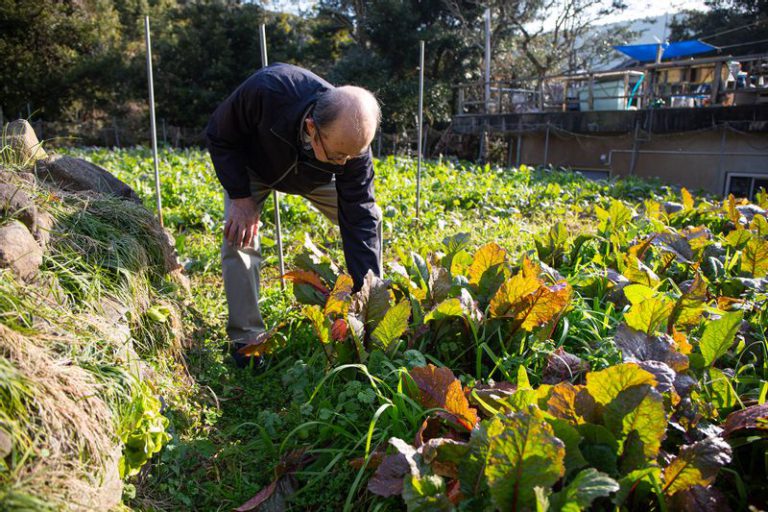
Mr. Nakao has been growing heirloom vegetables and preserving their seeds to protect Nagasaki’s traditions. In recent years, temperatures have tended to stay high throughout the growing period from autumn to winter, which sometimes results in delayed harvests. Still, Mr. Nakao doesn’t give up and makes sure that the vegetables are ready in time for the festivities.
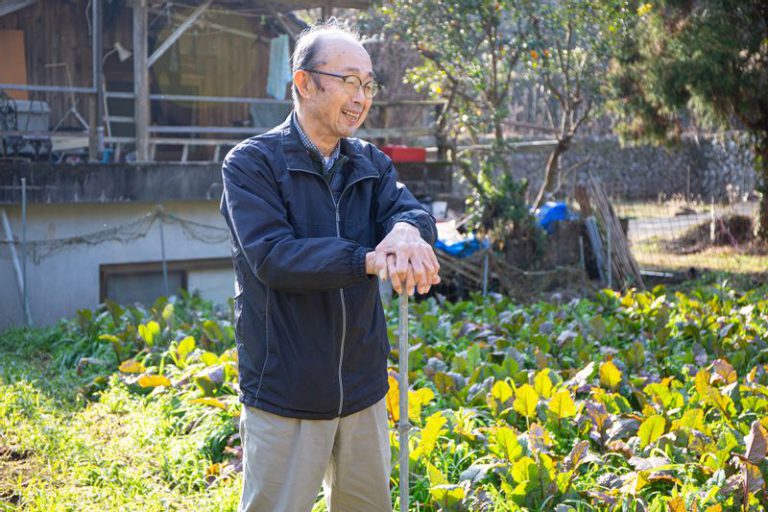
“It’s a miracle that we can eat vegetables with 300 years of history. I believe that it’s important to preserve them as a valuable part of Nagasaki’s culture. I hope that people from outside the prefecture get to try them too,” says Mr. Nakao. We also encourage you to visit Nagasaki and try heirloom vegetables you won’t find anywhere else.

